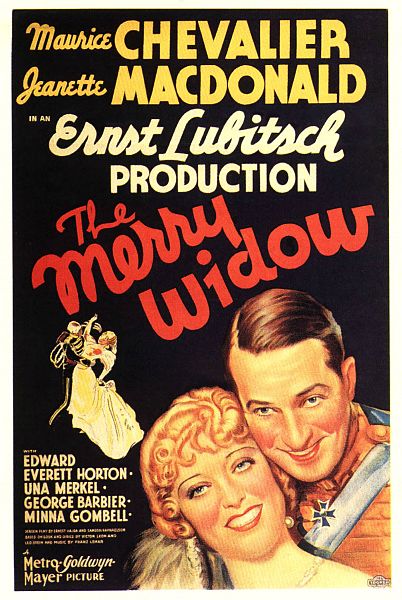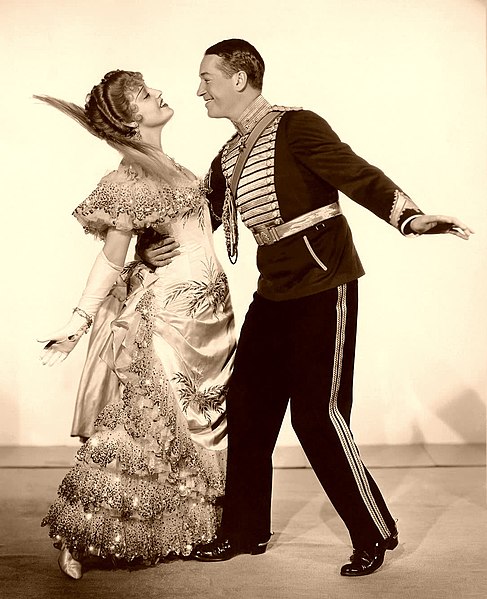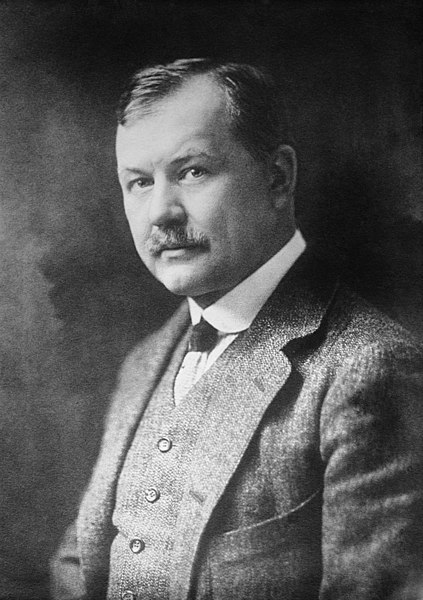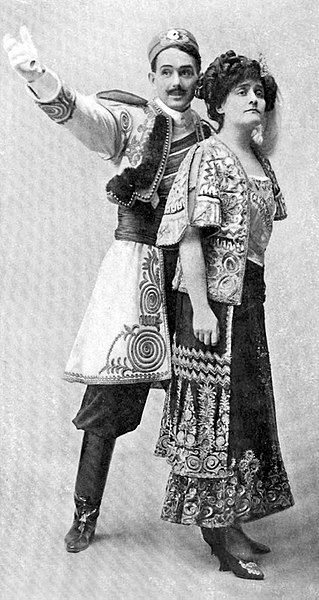The Merry Widow (1934 film)
The Merry Widow is a 1934 film adaptation of the 1905 operetta of the same name by Franz Lehár. The film was directed and produced by Ernst Lubitsch starring Maurice Chevalier and Jeanette MacDonald with a supporting cast featuring Edward Everett Horton, Una Merkel, Sterling Holloway, Donald Meek, Jason Robards Sr. and Akim Tamiroff. A French-language version was produced at the same time and released in France the same year as La Veuve joyeuse with some but not all of the same cast. Lorenz Hart and Gus Kahn wrote new English lyrics for some Lehar songs under the musical direction of Herbert Stothart.
Theatrical release poster
A publicity still of Jeanette MacDonald and Maurice Chevalier in The Merry Widow
The Merry Widow is an operetta by the Austro-Hungarian composer Franz Lehár. The librettists, Viktor Léon and Leo Stein, based the story – concerning a rich widow, and her countrymen's attempt to keep her money in the principality by finding her the right husband – on an 1861 comedy play, L'attaché d'ambassade by Henri Meilhac.
Franz Lehár
Lily Elsie in act 3, London, 1907
Louis Treumann and Mizzi Günther on the frontpage of a piano–vocal score, 1906
Donald Brian and Ethel Jackson in the original Broadway production (1907)






